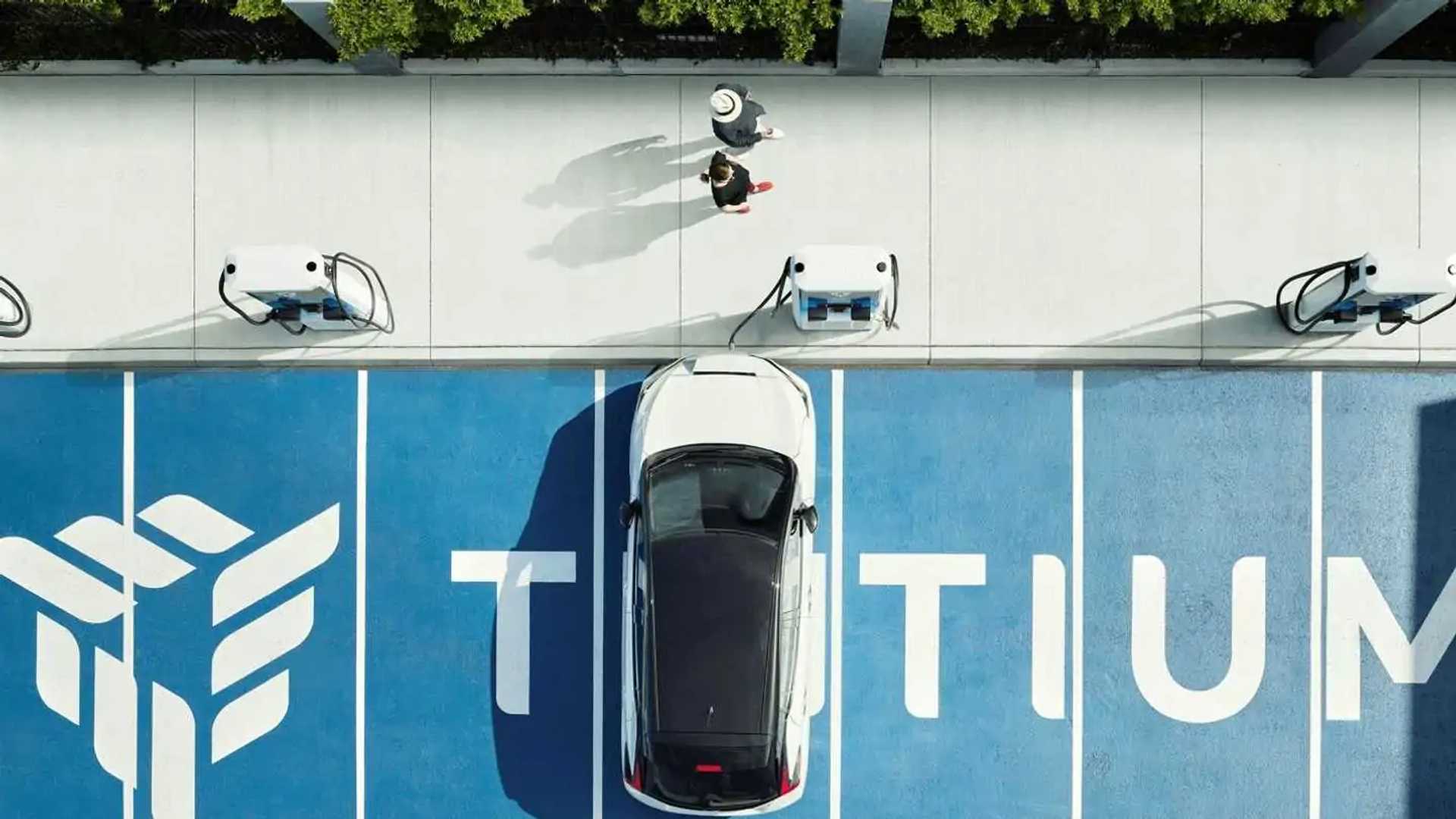
Tritium, the Australia-based fast charger manufacturer, announced support for the Tesla’s North American Charging Standard (NACS) charging connector.
The company was one of the first that earlier this month singed-up for the idea of adding a NACS plug option to its DC fast chargers, following Ford’s and General Motors’ announcement to use NACS.
Currently Tritium chargers are offered with the Combined Charging System (CCS1), CCS2 (Europe and Asia) or CHAdeMO plugs.
Tritium CEO Jane Hunter said that the NACS plug option will be available in the US and in any other market, where such standard will be adopted:
“Tritium is committed to enabling the rapid transition to electric vehicles by providing our customers and EV drivers with fast and reliable charging options that can charge any model of EV. As the EV industry aligns on global technology standards, Tritium is committed to supporting any connectors which are widely used in our primary markets of Europe, North America, and the Asia Pacific region. We look forward to adding Tesla’s NACS connector to our US chargers, and to our chargers in any other markets which decide to adopt the NACS connector, to provide a seamless and simple charging experience for the growing range of EV models.”
One of the most interesting thing in the press release is that non only new chargers are considered. Tritium intends to also develop a retrofit kit for existing chargers: “Tritium expects to make NACS connectors available as an option during manufacture and as a retrofit kit for post-manufacture”.
This might be a very important thing, because charging network very likely would like to change the dual-CCS1 chargers into one CCS1 and one NACS plug setup and virtually double its customer base.
We don’t know when NACS-compatible chargers will become available for order. Tritium’s all-new manufacturing plant in Tennessee is probably eagerly waiting to start series production. The factory is envisioned for up to 30,000 chargers annually (at some point in the future).

